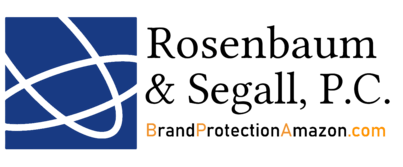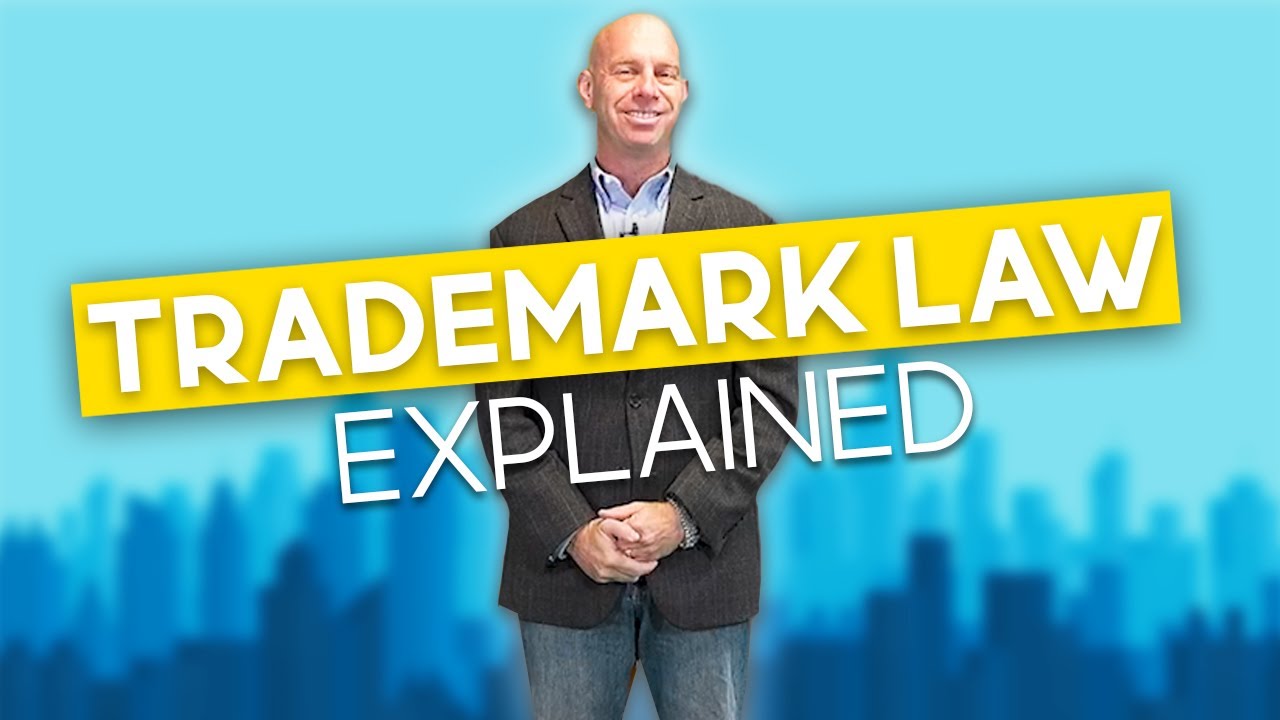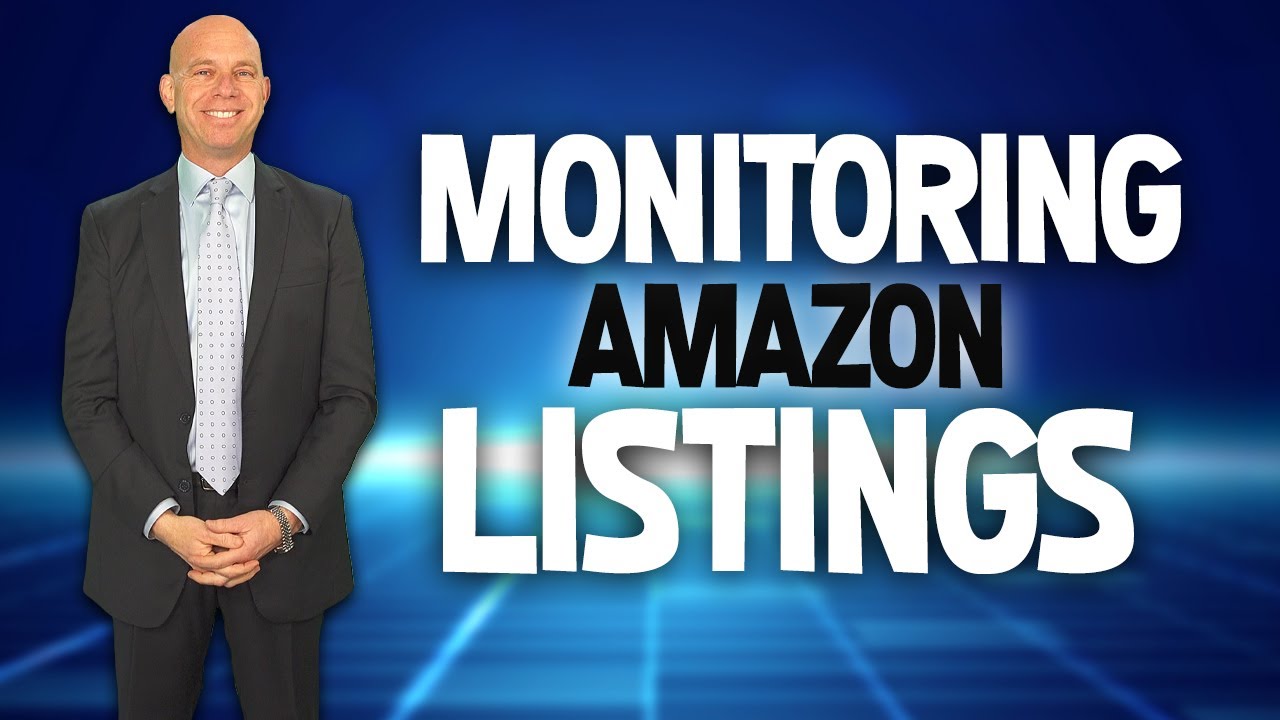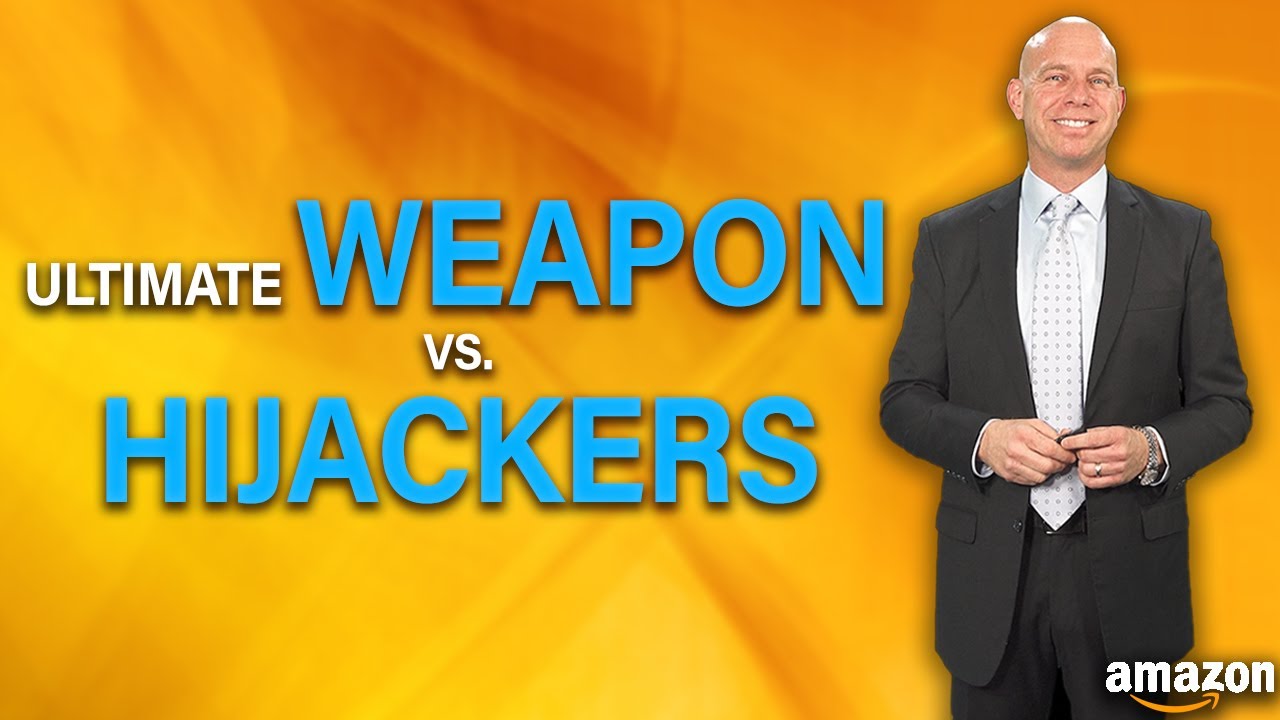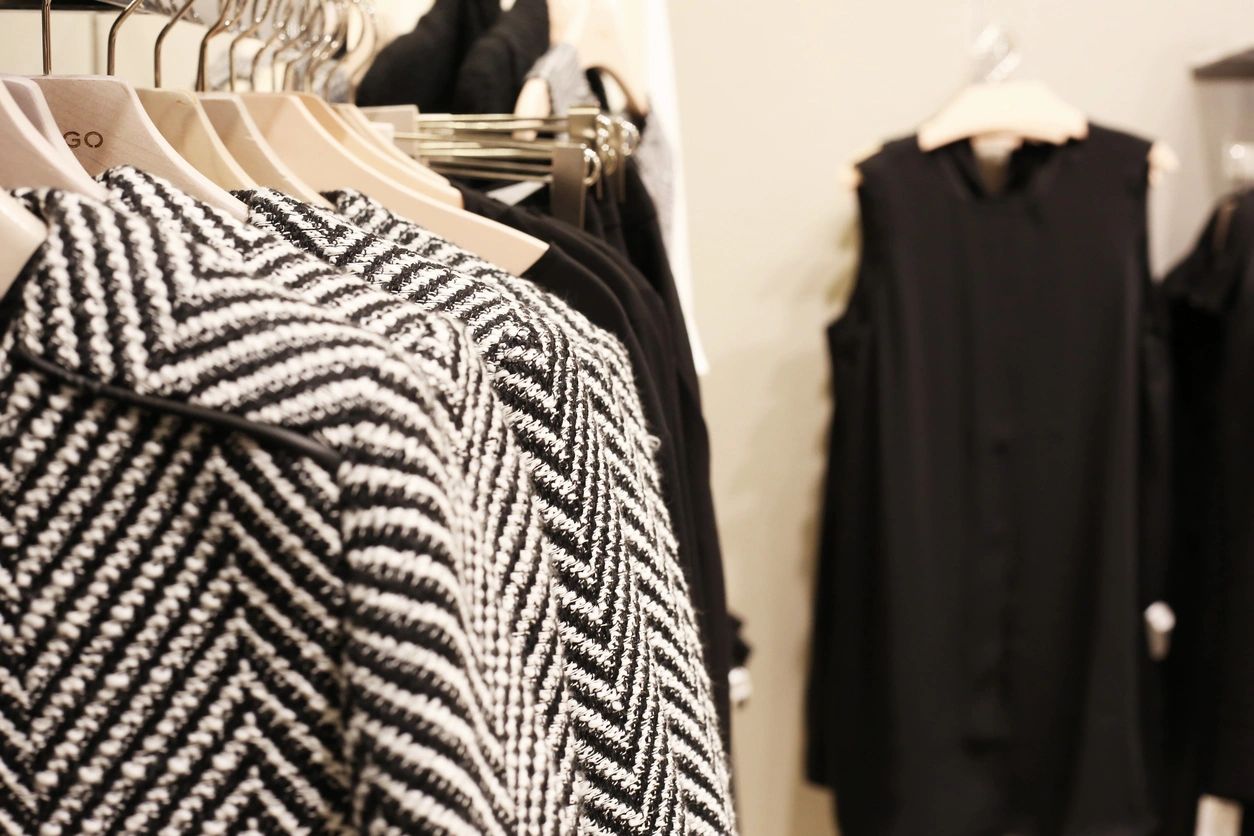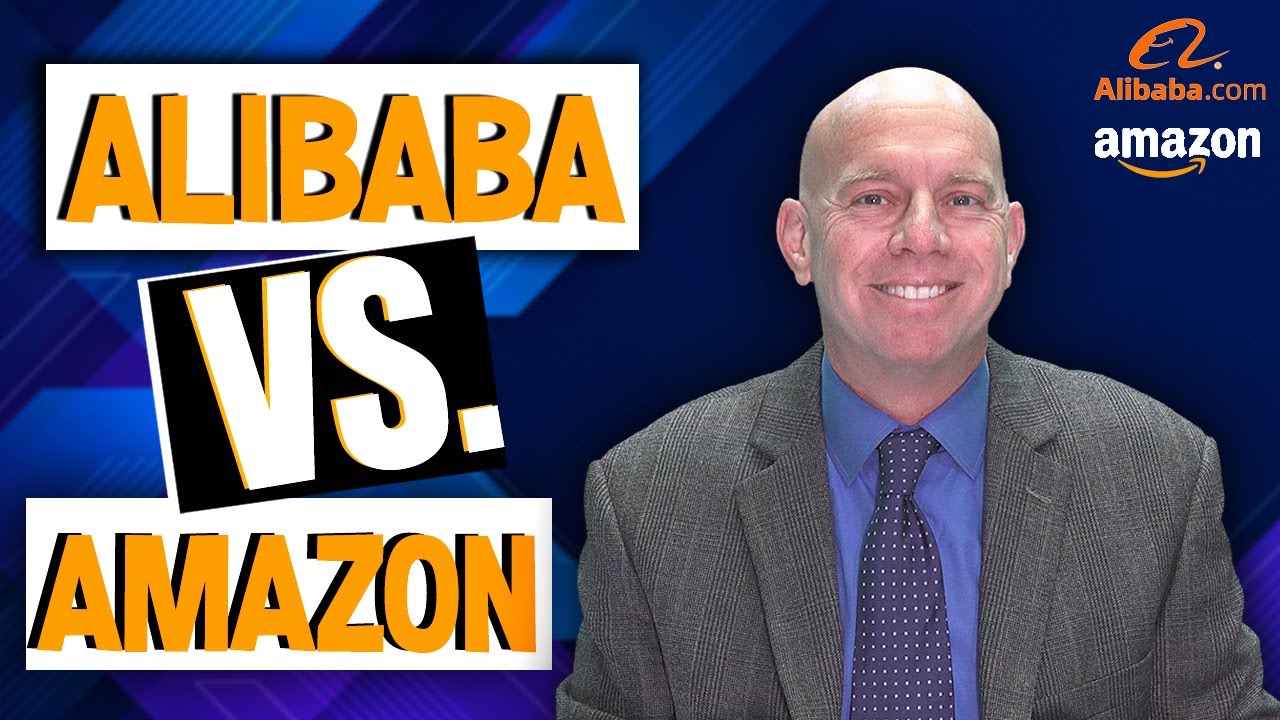
Brand Infringement Reporting on Alibaba vs Amazon
Michelle Maldonado – Okay, gentlemen, thank you once again for joining me in our series about brand infringement reporting on Alibaba vs Amazon. Very valuable information for sellers out there that have brands they want to protect. Who else to talk to about this but CJ and Rob at Rosenbaum, Famularo, and Segall. Let’s get started..
First topic, we’re always talking about Amazon, but I thought it would be great if we can take some time to talk about Alibaba. So CJ,
Can you compare Alibaba’s policy against intellectual property infringement to Amazon’s?
CJ Rosenbaum – Well, what’s funny is that the Chinese government and the Chinese people catch so much grief in propaganda about stealing intellectual property rights, but when it comes to online platforms, Alibaba has a much more robust system where you actually have to show that you own intellectual property rights before you can make an intellectual property right complaint. Now, when it comes to the logistics, Rob could handle those questions much better than I can. He is my partner and my friend and the world’s greatest brand protector when it comes to Amazon, Alibaba and any platform on earth.
Michelle Maldonado – Rob, can you take over now and describe
How Alibaba issues take down requests and how that happens?
Rob Segall – Like CJ said, the major difference between brand infringement reporting on Alibaba vs Amazon is that Alibaba verifies who is submitting the complaints and who owns the rights that are being submitted before they accept or consider taking action on any complaint. As many of you know, Amazon does not have any sort of gatekeepers, so to speak, and Amazon will accept the complaint if it’s filed by a competitor, sometimes, that doesn’t even own the rights. But Alibaba is much different. When we file complaints, Alibaba actually has a template power of attorney form that they require us to execute with our clients so that we can enforce the rights on their behalf. We’re also required to upload our client’s business certificates or identification cards, along with the corresponding owner information and actual trademark patent or copyright registration certificate. It takes about 24 hours, Alibaba verifies it, and then we can actually start taking action.
CJ Rosenbaum – Michelle, this is hugely important for brands because it stops people who don’t have authority from asserting the brand’s intellectual property rights. The goal of brand protection is to protect the brand, which means preventing blow back, and by Alibaba requiring proof and a power of attorney, it protects the brand to make sure that their brand protection is done by professionals.
Michelle Maldonado – Is there anything that Amazon should take note of in terms of how Alibaba does its process?
CJ Rosenbaum – Well, I think that Amazon would be well-served to follow in their footsteps to require some proof of ownership, some proof of authority to actually take brand protection efforts, because there is a lot of blow back, a lot of risks when brand protection is done improperly.
Rob Segall – That’s absolutely right, and just taking a step back and talking about why Alibaba is so important, Alibaba might not be a source of a platform that’s necessarily stealing a lot of sales from the brand, but it could be the source where the infringing sellers are getting their counterfeit products from. Just this week we had a new client who has a new counterfeit seller from overseas jumping on their listing. It’s a card game, which is rather easier for the Chinese manufacturers to replicate, and we went on Alibaba and took about 50 listings off in one swipe and that really limits the supply chain of those sellers who are looking for the counterfeit goods and know that Alibaba was a place to source them.
So when you’re developing a brand protection strategy, I think that if counterfeits are specifically an issue, you need to consider enforcing on both platforms: on Amazon to protect the big majority of your sales, but also on Alibaba to stop the supply chain of the counterfeit goods from ever entering the marketplace in the first place.
